
In the 17th Century, Isaac Newton discovered that prism could divide lights into different colors due to dispersion effect. Based on RGB color model, this exhibition adds shades and wavelength on top of spatial and historical axes. Artists Luo Yichun, Gao Yating and Tang Yawen respond to history and southern images of the venue. The exhibition functions like a prism in the architecture. Artists put historical trade incidents, contexts and unseen personal moments into their works, and transform into new colors and perspectives.
Over the past few years, Luo studies on export history in Taiwan. In Tropic Collection, she explores various exports from Taiwan since the 17th Century. Based on historical images in a publication by Kaizousha in Japan in 1929-1931, she uses digital technology to combine historical photos into semi-fictional scenarios. Abundant harvests from the south are integrated into an elegant Japanese screen.
Gao’s Specimen series attempts to build another imaginary history. Each scene includes three layers. The first layer is front pages of China Times since 1950s. The second layer is major incidents in the same timeframe, or key incidents unreported by journalists. The third layer is beehive images as a visual metaphor to community, collective ideology, and obedience to power. The artist thinks history doesn’t have to be presented in cold color tones. Even newspapers should involve colors and subjective interpretations.
Tang’s Seeing Ocean with You Here is inspired by her father’s recollections. During her residency in Kaohsiung last year, she walked back and forth along the coast, trying to find the view her father saw before she was born. In this work, various readymades replace weights on a scale with multiple mechanical components. Driven by mechanical movements, the work swings and make tiny sounds, like a boat on ocean. The ocean view on the other side is difficult to measure, just like the irreversible time.
Viewing has always the main way for people to understand the world. John Berger visual experiences, but for people, those invisible aspects become our internal beliefs to reality. The internal viewing synchronizes phenomena and their meanings. Physical spaces have to integrate with internal spaces in viewers. Even under visible light, multiple structures are still hidden behind the surface. Under refraction, we can reach out, in different colors and angles, to items originally gone in time.
© ALIEN ART CENTRE Prism: Approach Unseen Scenarios
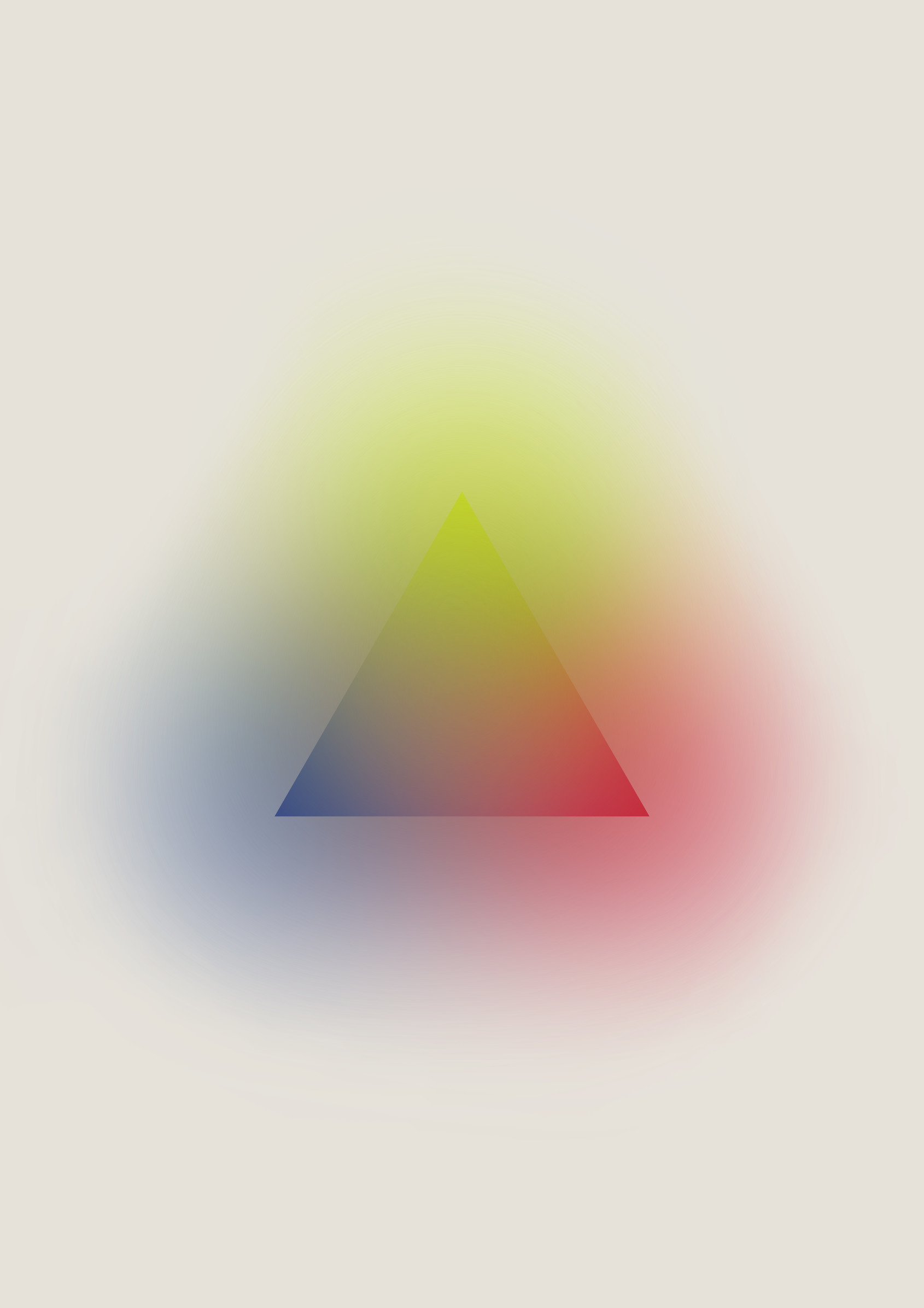
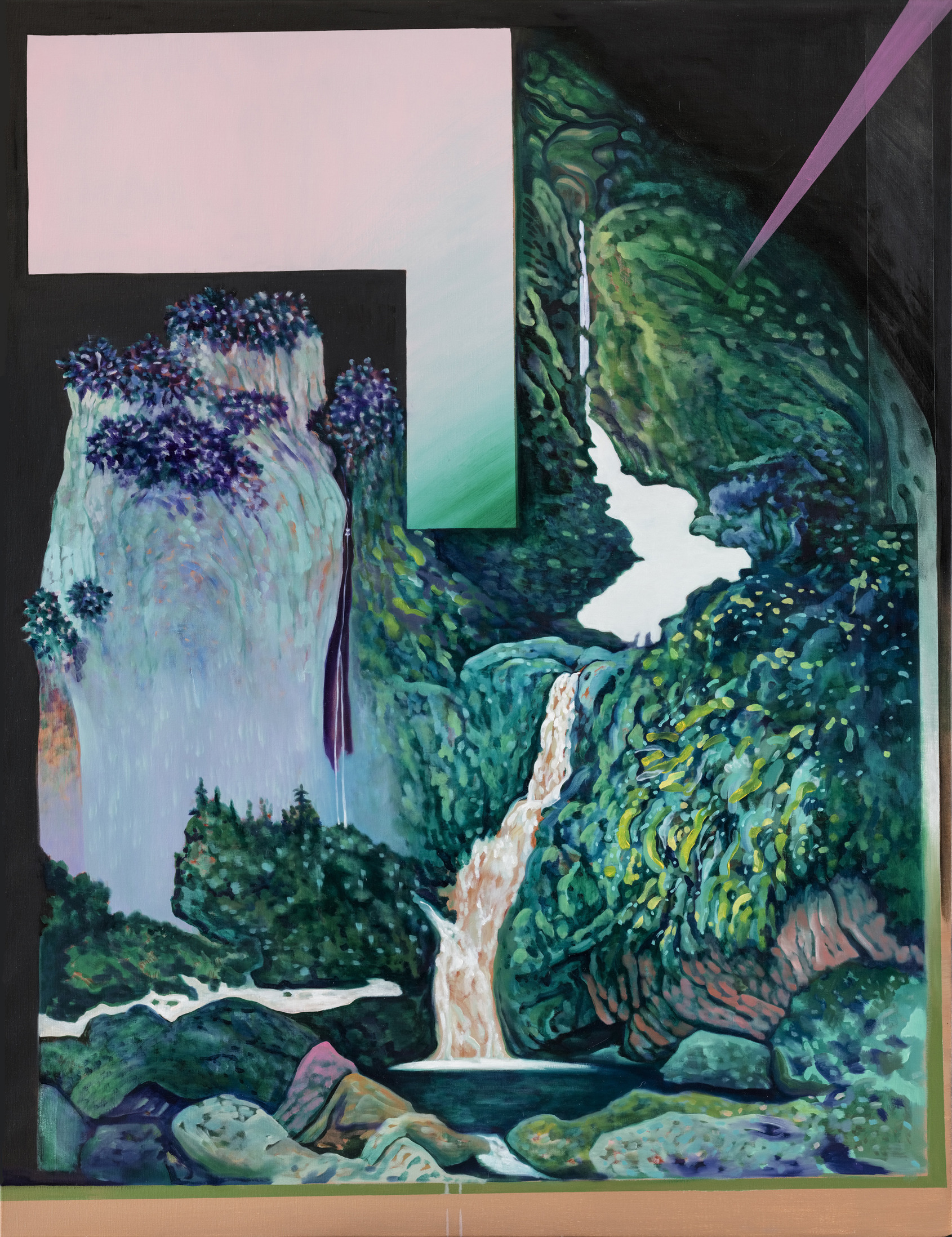
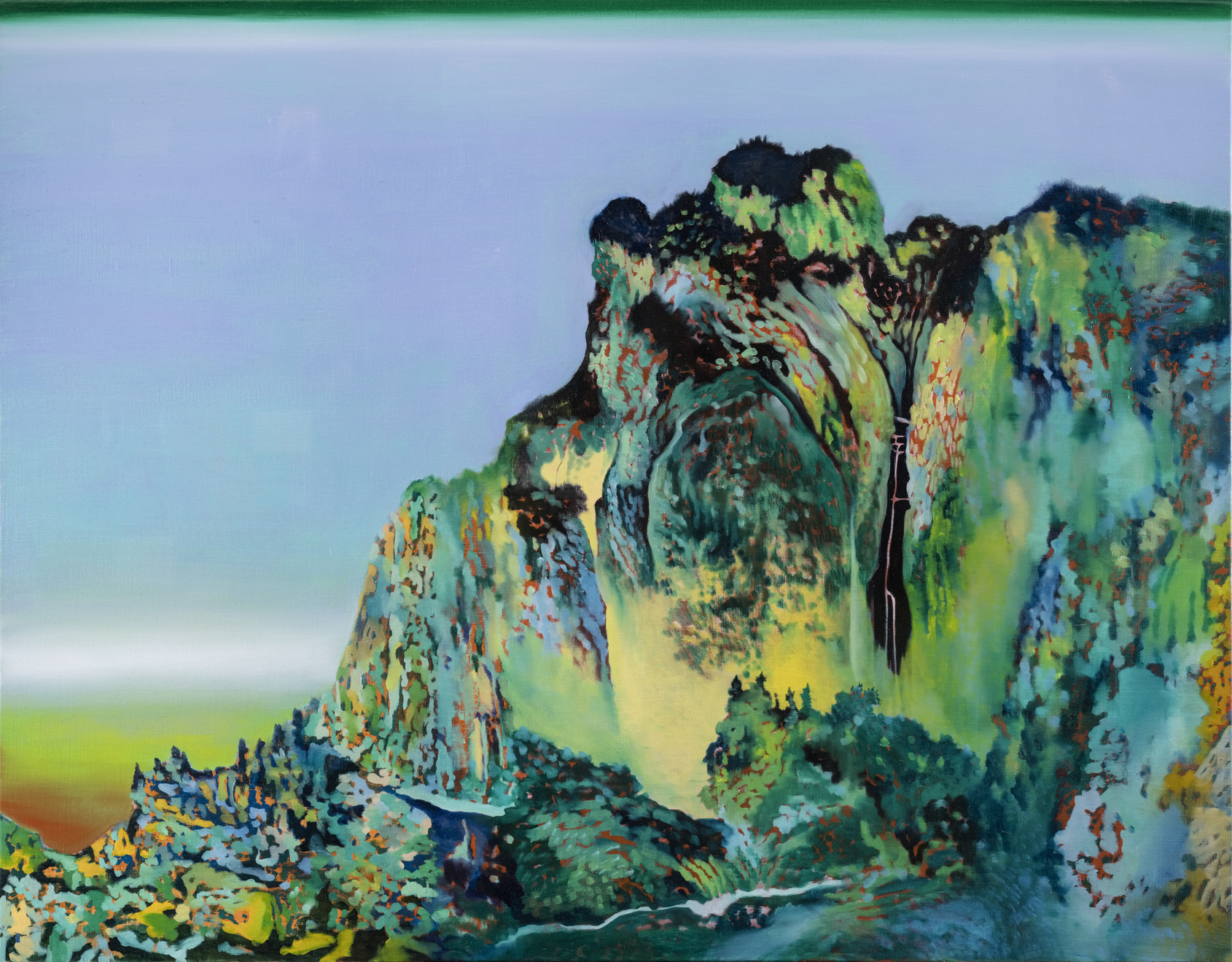
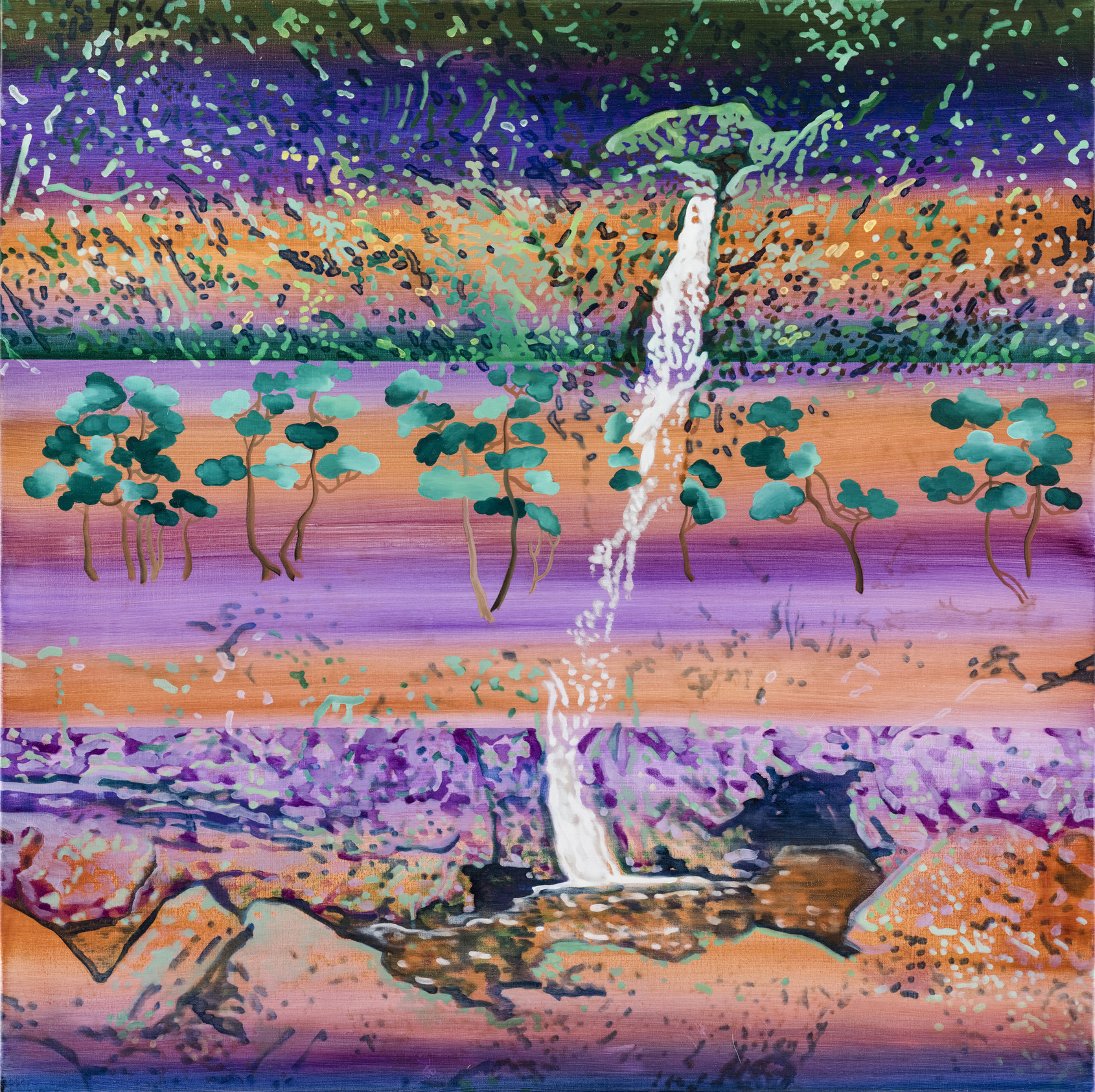
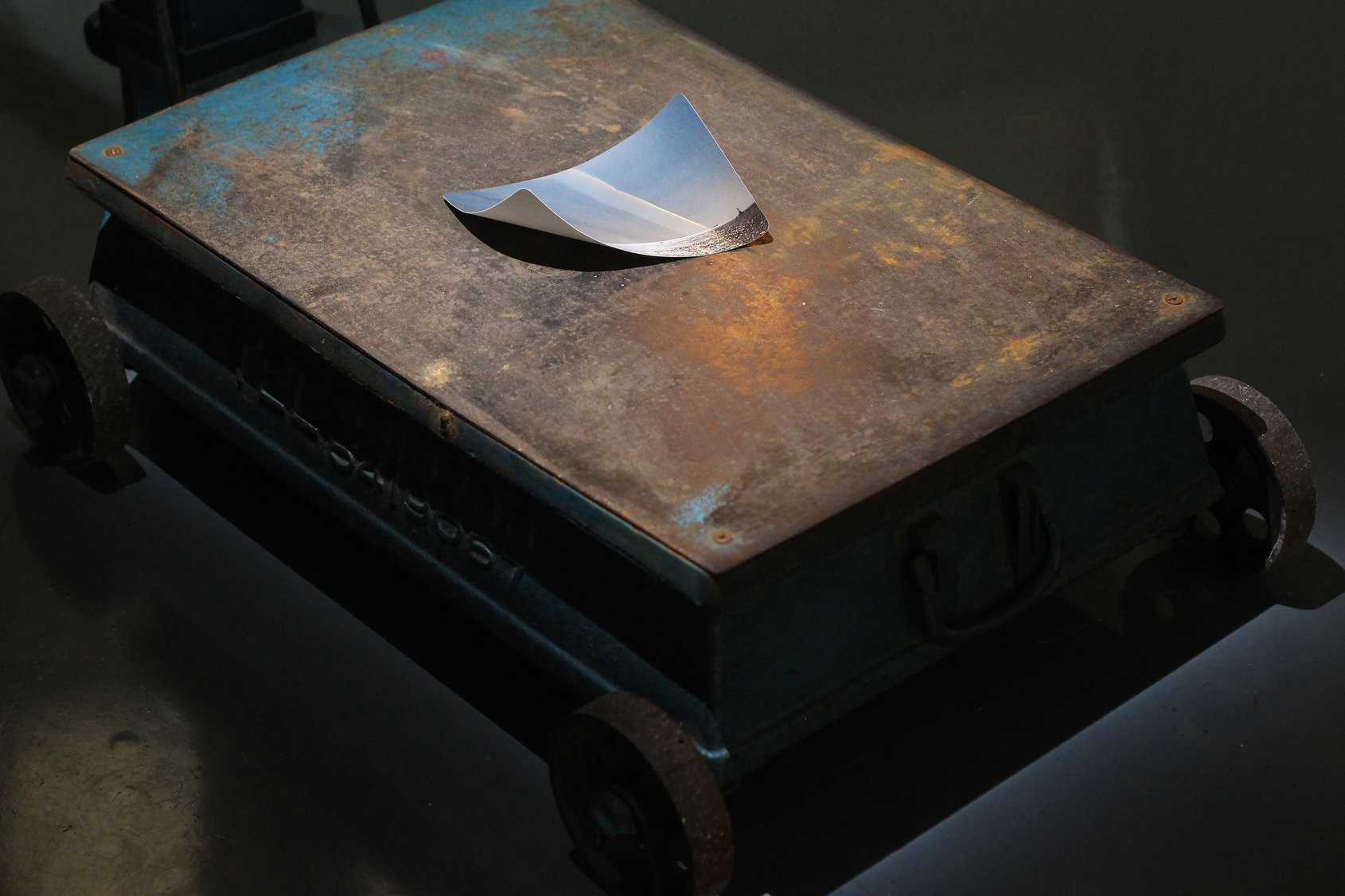
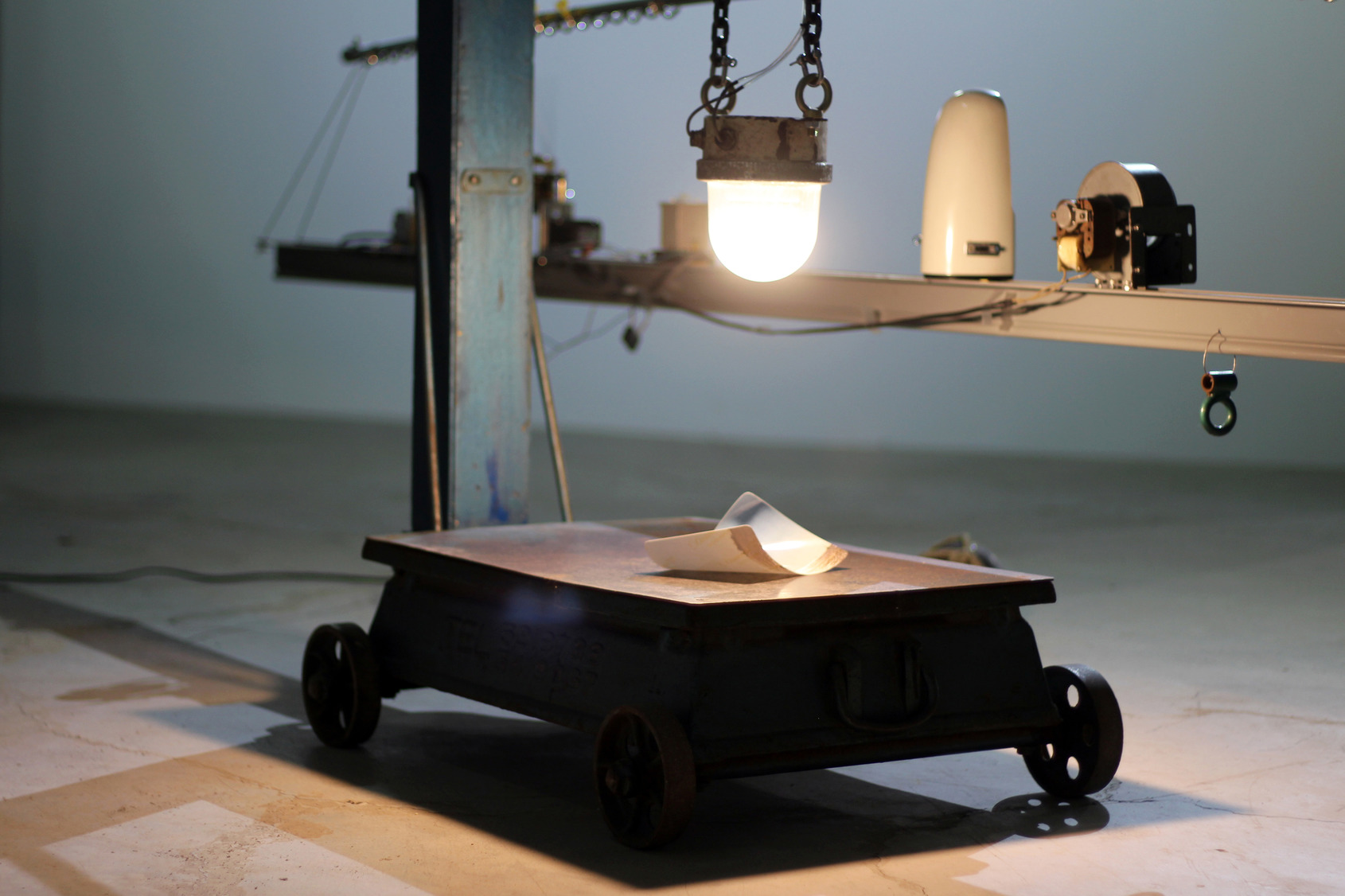
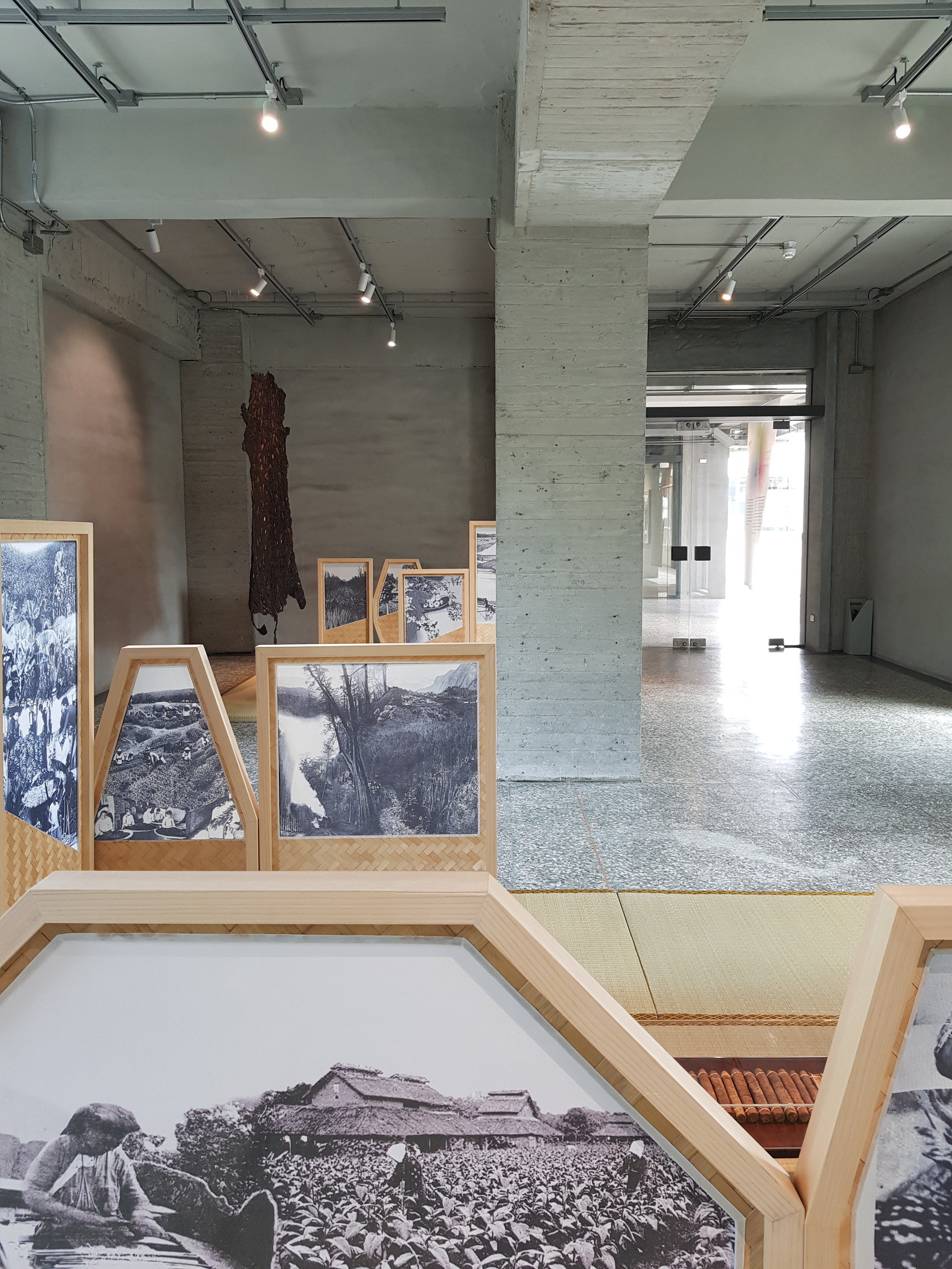
© ALIEN ART CENTRE Prism: Approach Unseen Scenarios